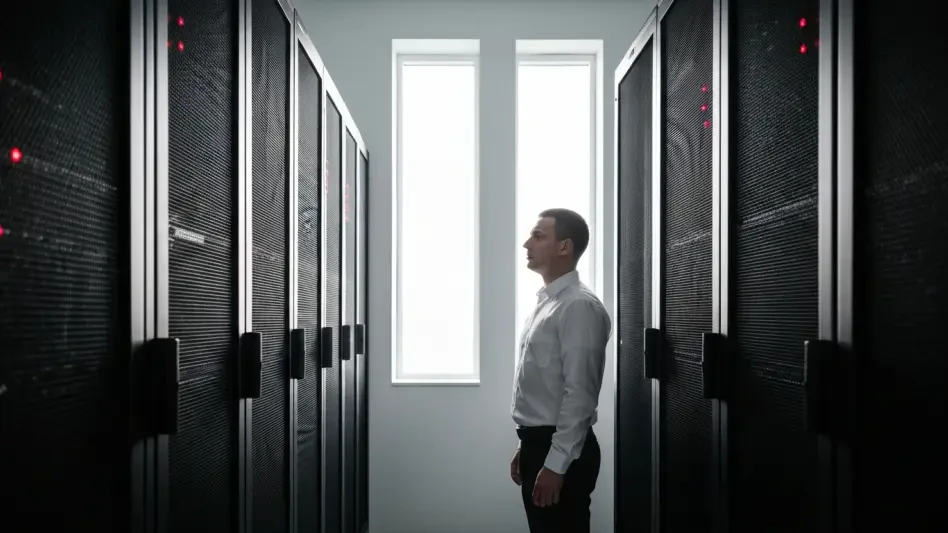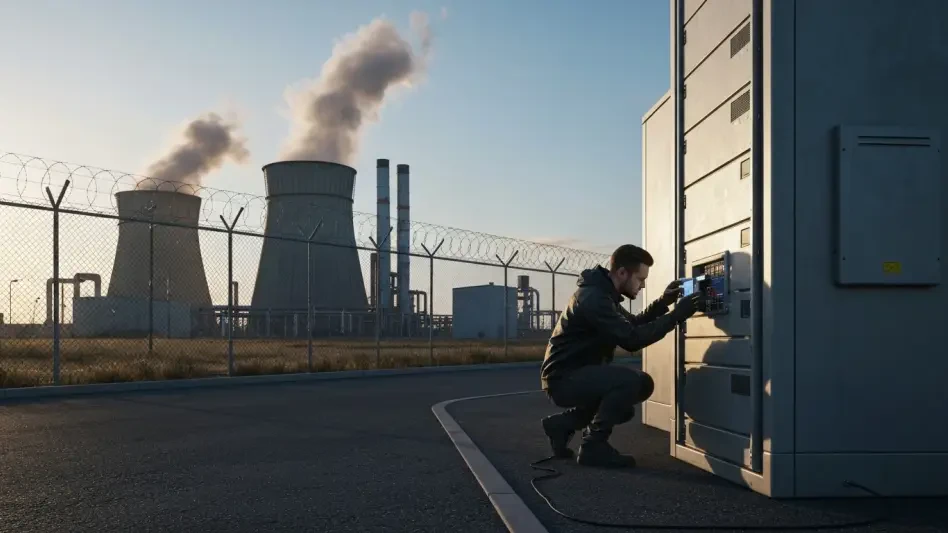In an era defined by digital interconnectivity, a staggering statistic demands attention: a significant portion of essential services, amounting to approximately 30% of critical infrastructure, remains perilously exposed to sophisticated cyber threats. Such vulnerabilities pose a pressing challenge in a world where cybersecurity breaches can cascade into widespread disruption, forcing us to reevaluate our preparedness. The potential for digital threats to compromise everything from water supplies to electricity grids underscores a dire need for robust defenses.
Stuxnet: A Cybersecurity Wake-Up Call
The year 2010 marked a pivotal moment in cybersecurity history when the Stuxnet worm emerged, irreversibly altering the landscape of digital threats. Targeting Iranian nuclear facilities, Stuxnet laid bare the catastrophic potential of cyber warfare and highlighted the fragility of critical infrastructure worldwide. Beyond its immediate impact, Stuxnet spurred a paradigm shift, prompting governments and industries to reassess their cybersecurity measures. Many nations continue to grapple with securing infrastructures against threats reminiscent of or even more advanced than Stuxnet.
Unveiling the Gaps: Inadequacies in Operational Technology Security
Despite increased awareness, operational technology (OT) networks consistently reveal alarming security deficiencies. Aging systems with outdated defenses are particularly vulnerable to modern tactics employed by hackers, such as ransomware and phishing attacks. Industries managing power grids, water facilities, and transportation are especially at risk. Recent studies indicate that nearly 80% of organizations within these sectors have faced cyber incidents, underscoring an urgent need for enhanced security protocols. The vulnerability of these essential services puts entire societies at risk, demonstrating a glaring chasm in current preparedness.
Insights from the Experts: Bridging the Cybersecurity Gap
Cybersecurity experts and legislators emphasize the need to bridge existing gaps in OT security. Renowned expert Dr. Emily Tran notes, “Our infrastructure is only as strong as our weakest link.” She advocates for a coordinated approach involving both technological advancements and strategic policy reform. On Capitol Hill, discussions around bolstering cybersecurity funding and enhancing regulatory frameworks are gaining momentum. Senator Alex DeLuca observes, “Without reinforced guardrails, our critical infrastructures are sitting ducks.” Lessons gleaned from successful and failed approaches worldwide suggest that collaboration between stakeholders is vital for robust cybersecurity.
Building a Fortress: Strategies for Securing Critical Infrastructures
Securing critical infrastructures demands concerted efforts across several fronts. Legislative action plays a crucial role, with laws like the Cybersecurity Information Sharing Act fostering threat intelligence sharing and preemptive defense. Adequate resource allocation, including funding and workforce development, is imperative for sustaining cybersecurity initiatives. Establishing strong public-private partnerships can enhance resilience, while technological innovations such as artificial intelligence and machine learning offer promising solutions for threat detection and response. However, a strategic approach that balances policy initiatives with cutting-edge technology will truly fortify our defenses.
From Wake-Up Calls to Action: Closing the Cybersecurity Loop
Reflecting on past vulnerabilities revealed by Stuxnet, it became clear that a reactive approach was insufficient for safeguarding essential services. Yet the journey from recognition to resolution required sustained focus and commitment. Now, it is time for immediate, tangible steps to advance cybersecurity in critical infrastructures. Investing in robust technological solutions, strengthening policies, and nurturing cohesive partnerships can lay the foundation for a fortified digital future. These proactive measures establish a more secure and resilient foundation for defending against evolving cyber threats.








